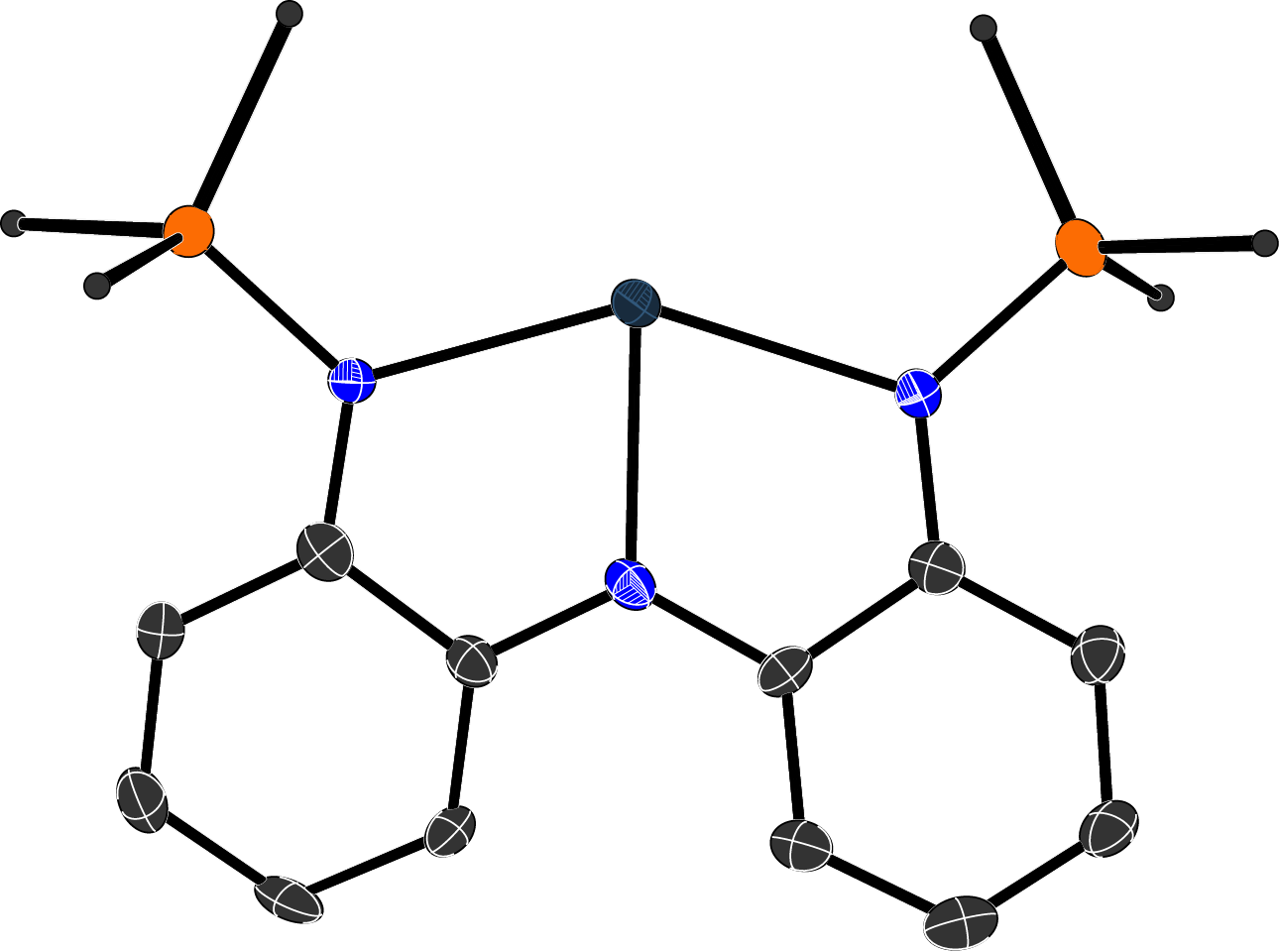Inorganic polymers & Materials
Synthetic materials are an integral part of modern life as commodity plastics, coatings, fabrics, adhesives, elastomers, foams, and packaging. Most materials have carbon-rich backbones due to the availability of precursors (monomers) from fossil fuels, the strength of C-C, C-N, and C-O bonds, and centuries of organic chemistry knowledge to guide development of new monomers or polymerization methods involving carbon. There are, however, several limitations associated with the use of such organic polymers. First, they maintain our reliance upon fossil fuels for material precursors. Second, they do not readily degrade in the biosphere, resulting in environmental accumulation. Third, hydrocarbon polymers are not suitable in extreme conditions (e.g. growing aerospace industry) due to their thermal, oxidative and radiation sensitivity. Finally, such polymers are limited to the properties of light elements (C, H, N, O), and cannot access the exciting ones available to heavy elements (e.g. neutron or UV-capture cross-section, high nuclear spin, magnetism, spin-orbit coupling, relativistic effects). We are developing universal inorganic connectors that can be use to embed inorganic element into polymers or materials. Depending upon the inorganic element employed, the materials synthesized in this project have a applications in agriculture, biomedicine, nanolithography, and as stimuli-responsive materials or coatings.
Lead References:
J. Am. Chem. Soc., 2025, In Press
Angew. Chem. Int. Ed., 2025, e202503568
Chem. Commun.,2024, 60, 2629-2632
J. Am. Chem. Soc., 2023, 145 7569-7579
Angew. Chem. Int. Ed., 2022, e202204851.

